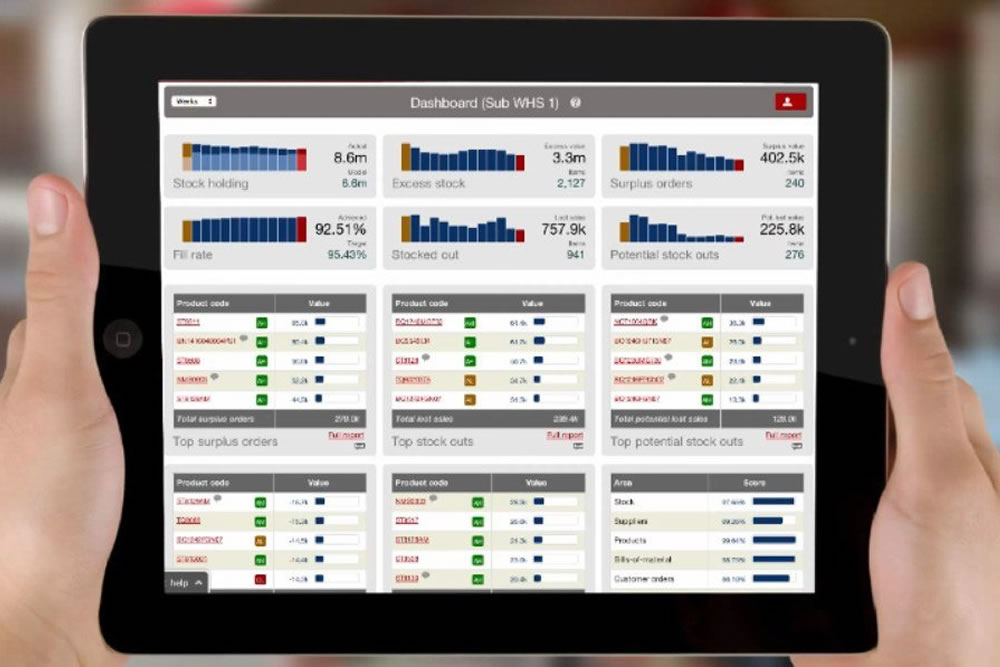Industry 4.0 brings us phenomenal developments in technology, including cyber-physical systems, the Internet of things, and cloud computing. All, in theory, designed to automate processes to increase and improve efficiencies. However, for Industry 4 to be optimized to its full potential, it is reliant on a fast and reliable network. Enter – 5G, the next big thing that is set to be the real game-changer. 5G is the connective tissue with all things IoT, linking and controlling robots, medical devices, industrial and agricultural equipment.
 5G is a software-defined network that could potentially replace the need for all cables as it will operate mainly in the cloud and will provide 100% more capacity than 4G. To put this into perspective – if you wanted to download a 2-hour movie using 3G, it would take you 26 hours, on 4G - 6 minutes, and on 5G, it would take you all of 3.5 seconds. Not only will internet capacity be upgraded, but response times will also be improved dramatically. The response time or latency rate is the delay between the sending and receiving of information. On 4G, the response time is just under 50 milliseconds – 5G brings this down to 1 millisecond. Although this doesn't sound like much, consider for a moment, the safety factor in self-driving cars. They require a continuous stream of real-time data to enable split-second decision making. The difference between 50 milliseconds and 1 millisecond plays a fundamental difference in the outcome.
5G is a software-defined network that could potentially replace the need for all cables as it will operate mainly in the cloud and will provide 100% more capacity than 4G. To put this into perspective – if you wanted to download a 2-hour movie using 3G, it would take you 26 hours, on 4G - 6 minutes, and on 5G, it would take you all of 3.5 seconds. Not only will internet capacity be upgraded, but response times will also be improved dramatically. The response time or latency rate is the delay between the sending and receiving of information. On 4G, the response time is just under 50 milliseconds – 5G brings this down to 1 millisecond. Although this doesn't sound like much, consider for a moment, the safety factor in self-driving cars. They require a continuous stream of real-time data to enable split-second decision making. The difference between 50 milliseconds and 1 millisecond plays a fundamental difference in the outcome.
5G technology is still in its infancy. Network operators have started their infrastructure setup with a few pilot projects in some cities in the USA, UK, and South Korea but since infrastructure complexities and costs are high, the full rollout will still take a few more years.
Warehousing, manufacturing, and distribution are industries built to take advantage of Industry 4.0. Sensor-driven equipment enabling faster turnaround times for repairs and the ability to detect problems before they occur is an example of IoT devices commonly seen in supply chain companies. Faster speeds and reduced latency improvements will make a significant impact on these operational efficiencies.
Ways in which 5G will transform supply chain operations
- Reduced latency times and broader coverage will increase the use of smart devices, which will ultimately improve operational efficiencies and increased digitalization in your business
- 5G paves the way for low-cost connected sensors. Sensors designed to monitor a product from the production line to the warehouse through distribution to the final retailer's shelf. The location and condition of the goods can be tracked in real-time, providing 100% visibility of your inventory, supply chain, and sales. This will allow you to minimize your risk. The analysis of this data can provide incredible insights to streamline operations further.
- Delivery vehicles will be able to react quickly to real-time data via a 5G network than what they are currently able to do which means safer and more reliable autonomous deliveries
- Drones will become viable as a last-mile delivery mechanism
- Higher bandwidth connection will support intelligent transportation systems creating a secure and effective operations environment for Port operations
- Augmented reality applications in your warehouse will be more efficient due to the reduced latency times and will help to improve the user experience with AR applications and lower the chances of operational errors.
Supply chain companies that have already embraced digitization, will have a better chance of leveraging the benefits of 5G. 5G will bring enhancements to their existing functions and make them even more efficient. These companies should look to beef up their data infrastructures to handle the massive amounts of additional data that will be flooding in as a result of 5G.
The good news for companies that have not yet started their digital journey is that 5G is still in its infancy and a good few years away. However, if you want your business to survive and be a player in the industry, you need to look at your digital strategy and start implementing new technologies now.
For more information visit: NETSTOCK






